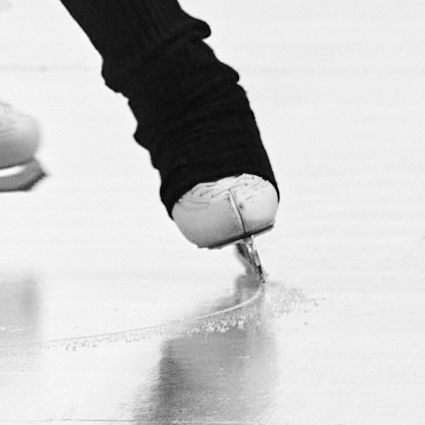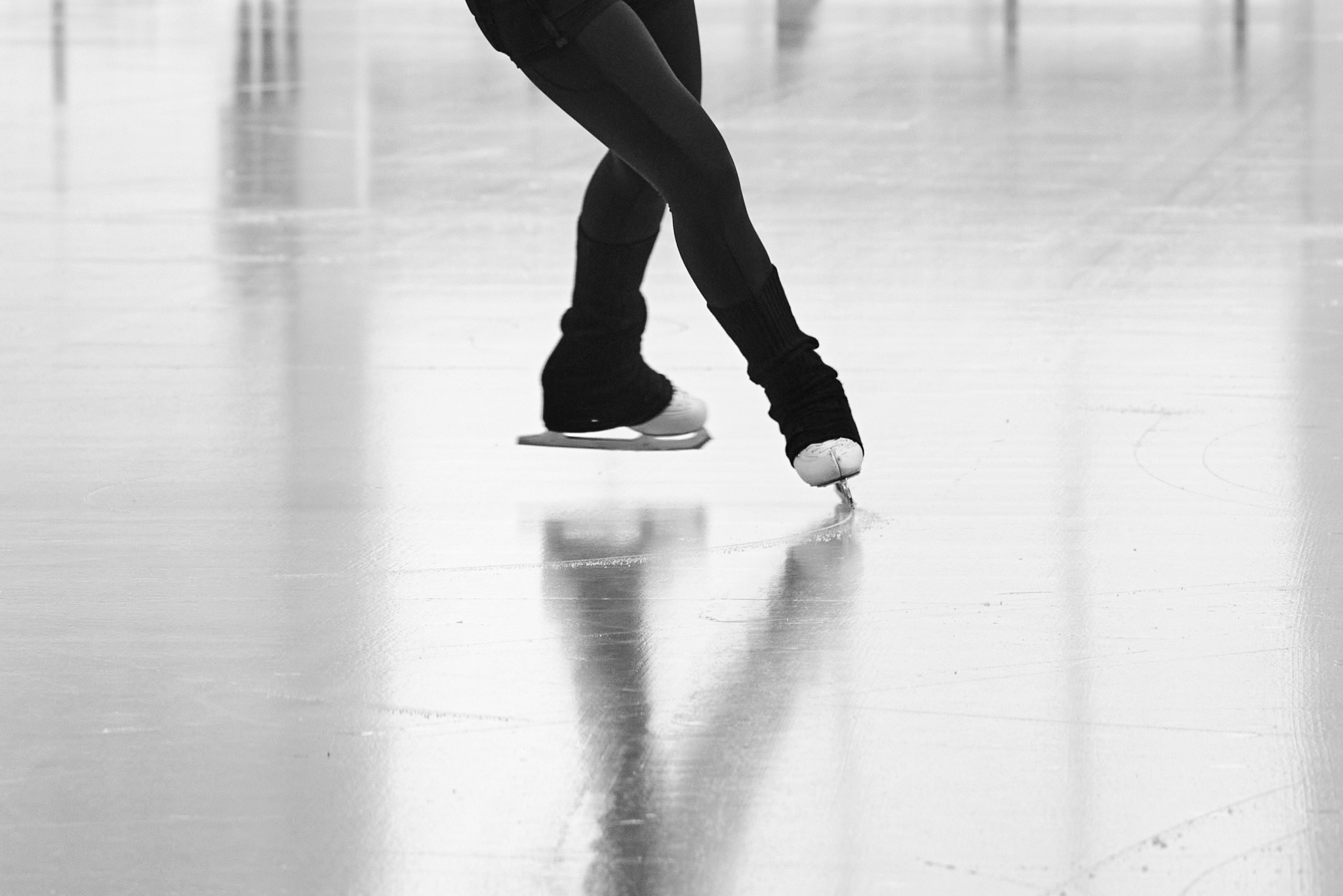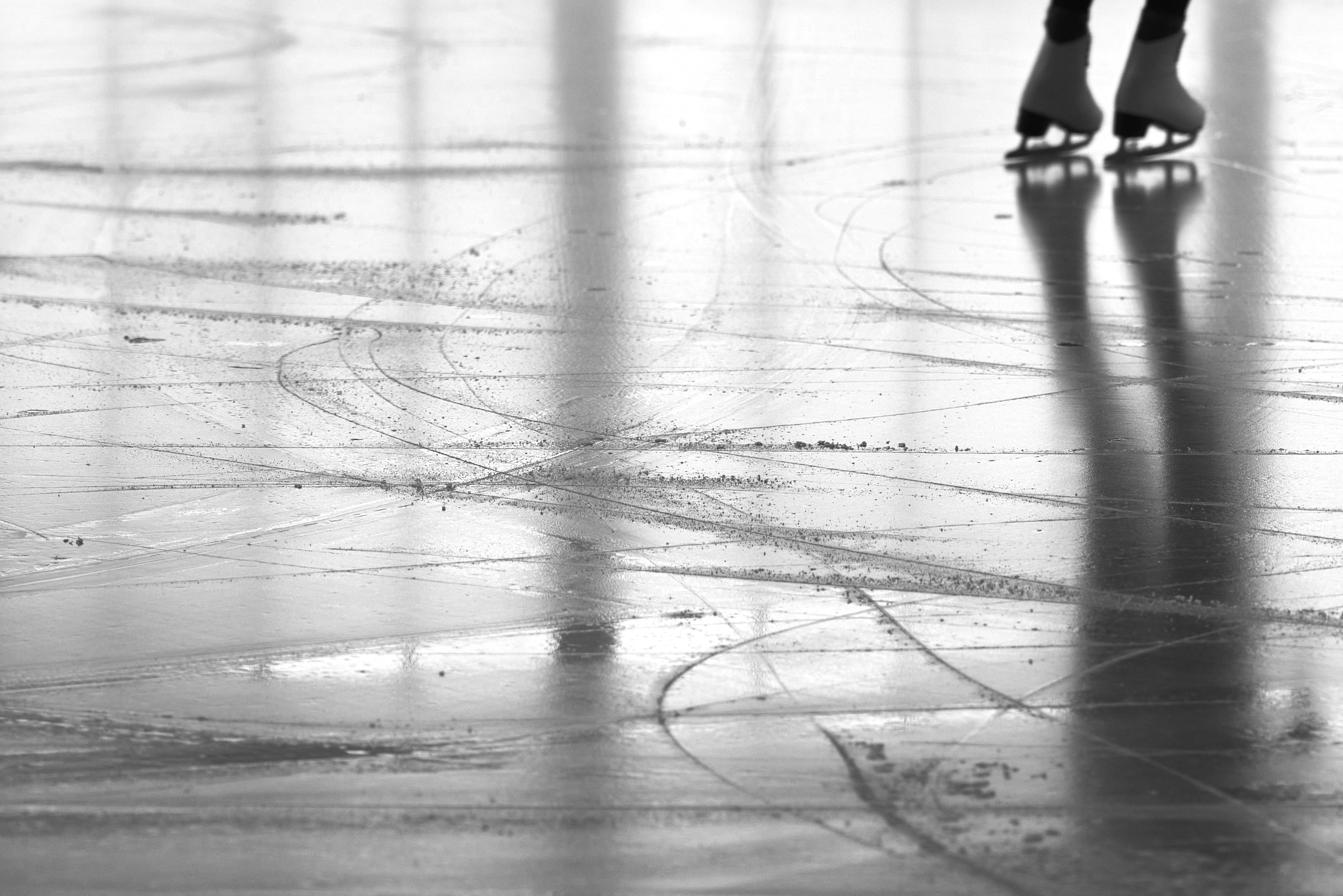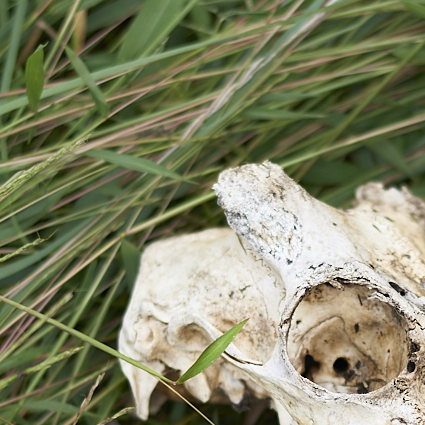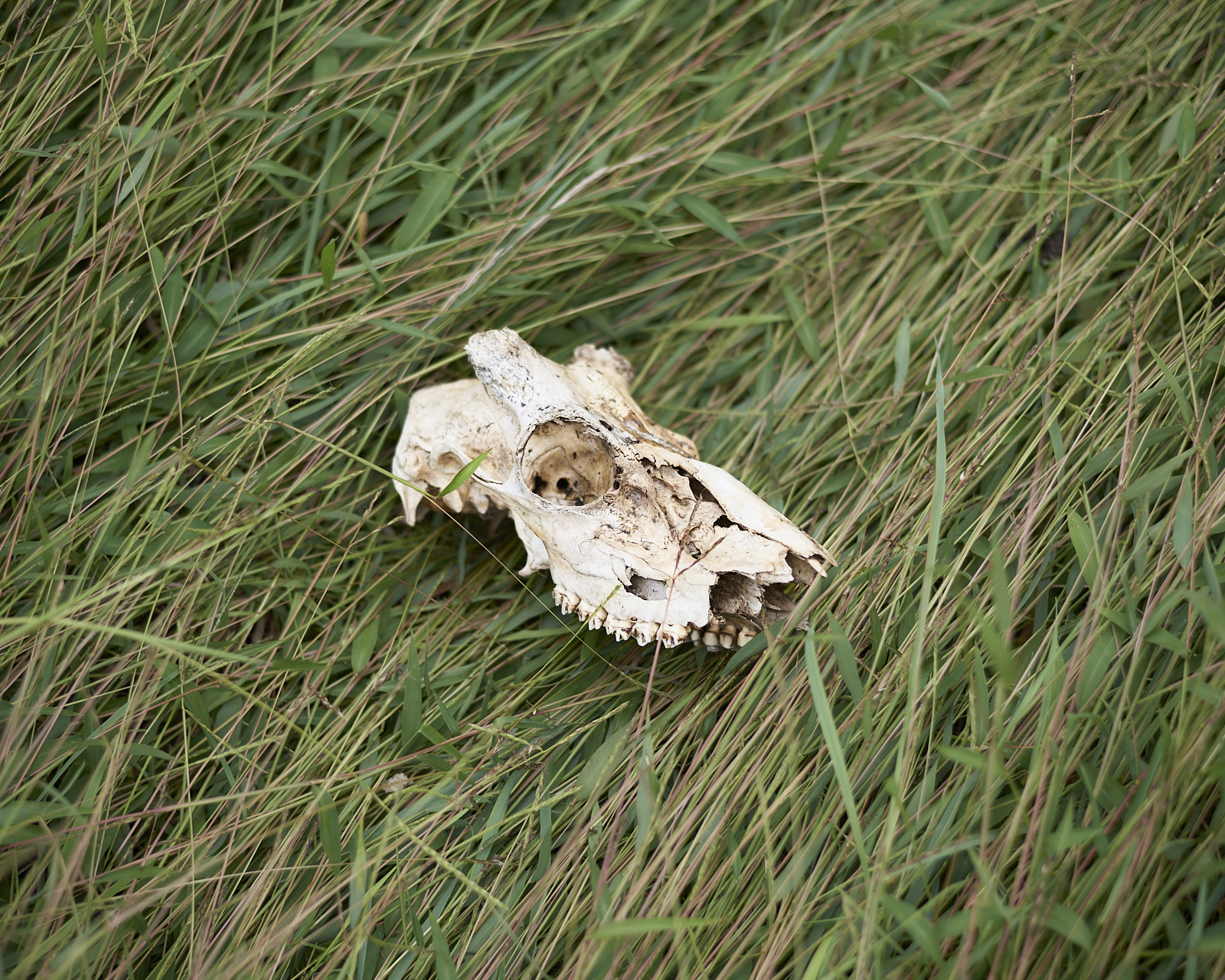I recently finished another book project, “Fragments Red.” This volume will be the first of a seven-volume project, each pairing photographs with reflections of different sorts.

A handful of drafts, each with a number of changes. Then there was the layout and design issues, where to put gatefolds, how to bind them, solving pagination issues. It was all so much fun.
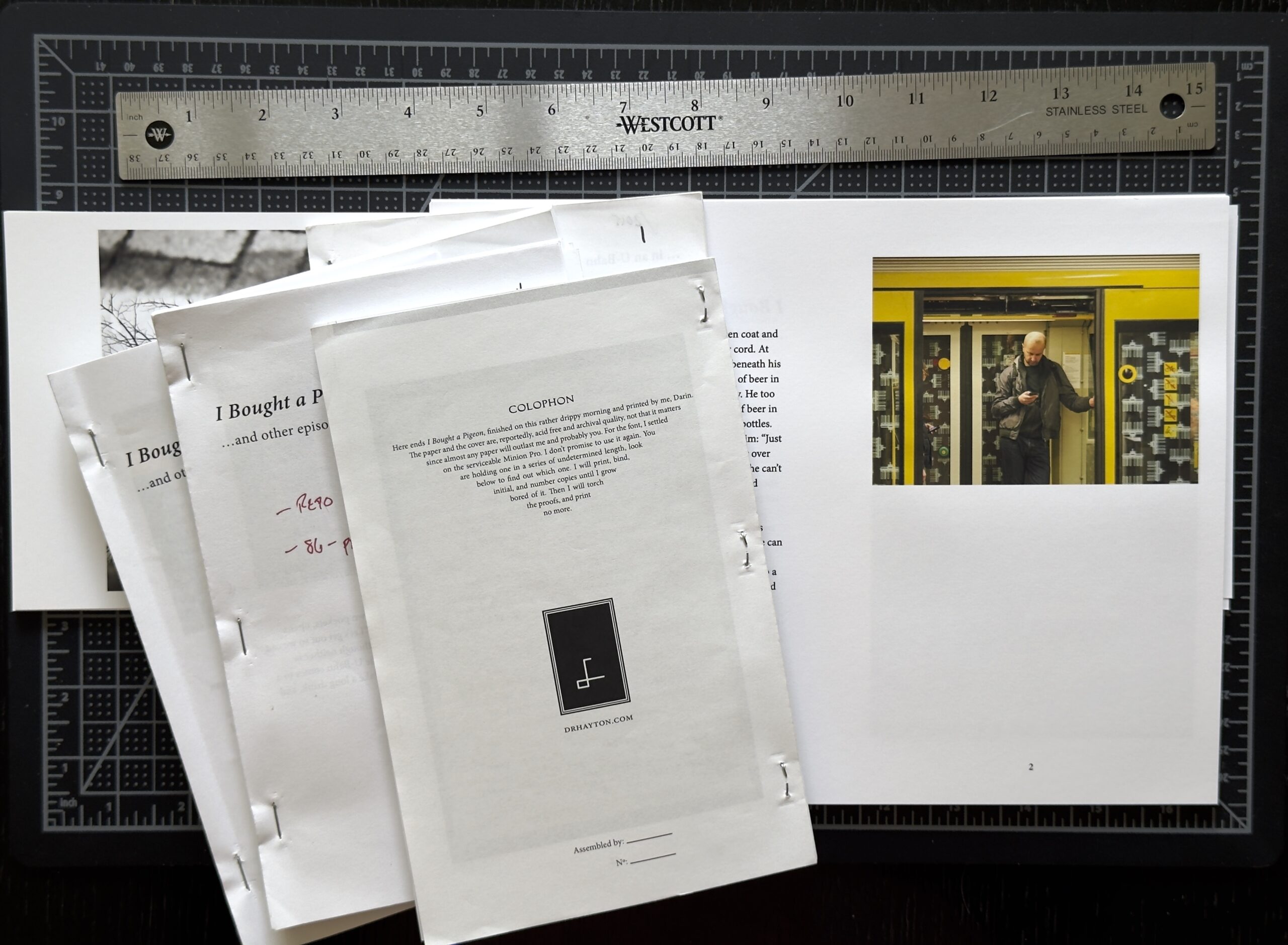
After I spent a evening or two printing the pages, I made a jig to make drilling the holes in the pages easier and consistent. Then I painted some covers, found some matching thread to use for the binding (a version of “Japanese stab binding”), and sewed them up. Soon I had a dozen or so booklets.

It took a long time, but I find something so satisfying about making something. Now off to start working on volume two, Fragments Orange.

